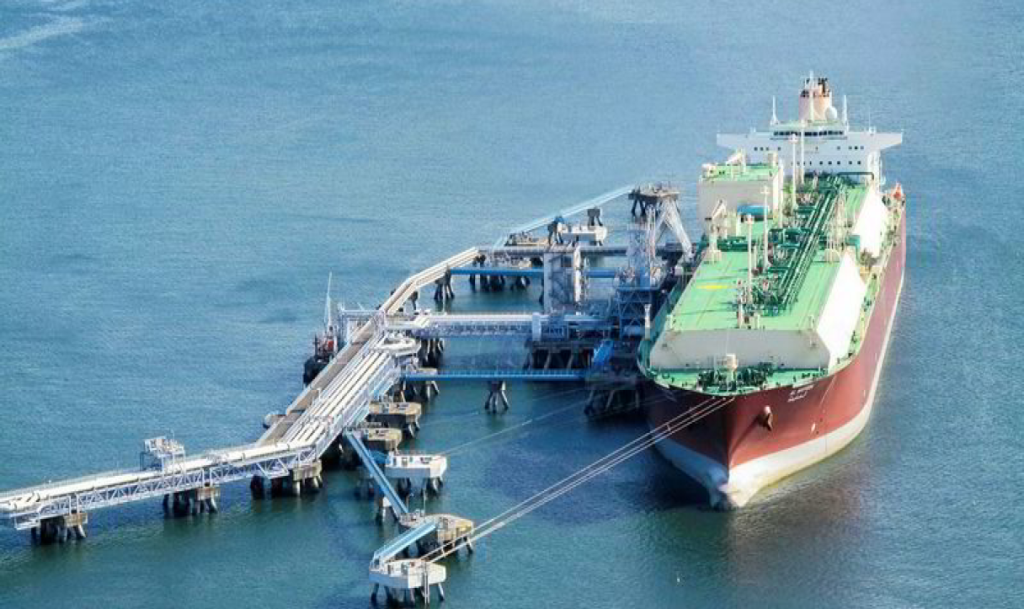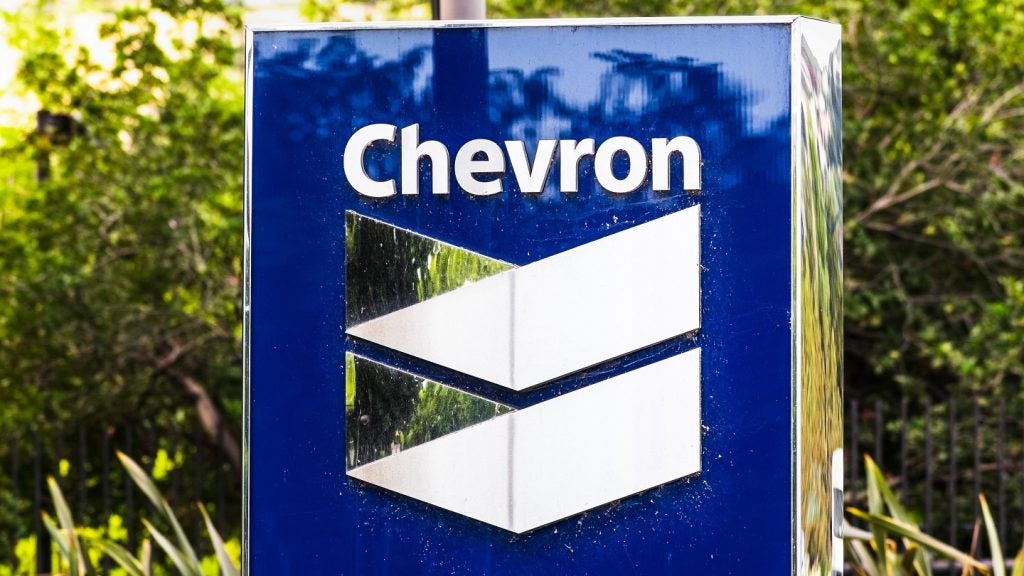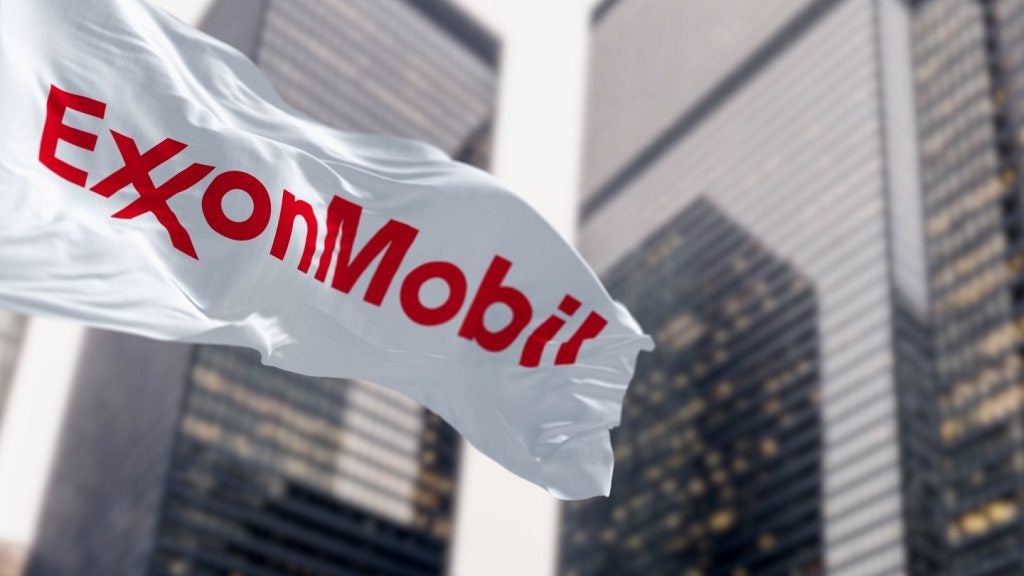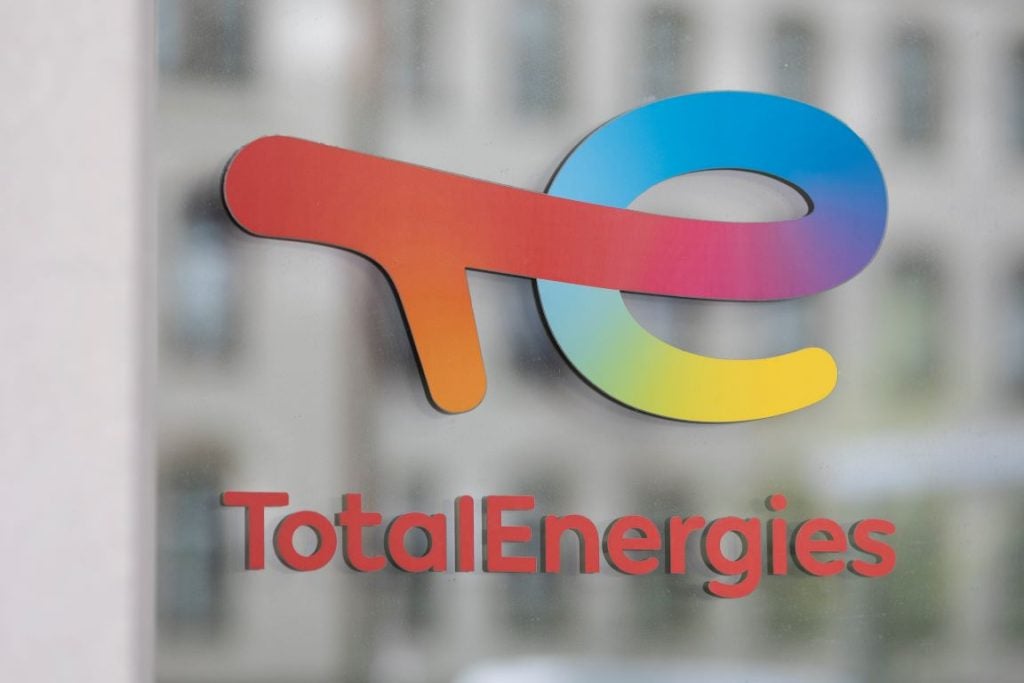
Technological innovation and environmental awareness are topics of increasing attention in the oil and gas industry, with oil majors keen to invest in new, clean technologies, and perhaps as importantly, be seen to be investing in such schemes. One company that could bring these two topics together is Satelytics, a US-based company that collects data on oil and gas operations, before using predictive algorithms to help identify potential operational inefficiencies before they happen.
The technology has significant potential, promising to identify and eliminate leaks and mechanical damage, which are often the source of accidents that threaten both human workers and local environments. BP Ventures, the investment arm of the oil major, recently invested $5m into the company, with an eye on using Satelytics technology to bolster its own methane monitoring systems, as it targets the installation of methane measurement equipment at all of its major facilities by 2023.
With methane posing a significant threat to environmental and operational safety, the technology could help one of the world’s largest oil majors improve its performance, yet questions remain about how much a single solution can do to improve the environmental work of the oil industry.
Invisible analysis and visible conclusions
“Satelytics combines advanced spectral imagery with advanced algorithmic analysis to monitor and detect environmental changes,” explained Morag Watson, senior vice president of digital science and engineering at BP. “Satelytics offers unparalleled opportunities to use remote sensing to capture and visualise data about environmental factors, making information more accessible and digestible, ultimately leading to better decision making.”
This “unparalleled” approach is reflected in the breadth of innovative technology at Satelytics’ disposal. The company uses cameras mounted on a range of devices and vehicles, from satellites to drones, to collect data on a region in the form of electromagnetic spectra. Satelytics calls this data “spectral signatures”, which includes, and extends beyond, the range of light visible to the human eye.
By collecting data that is both visible and invisible, the company can build up a database of an area that contains two linked, but separate, sets of information: the simple visual imagery of an area, and the profile of its chemical components, as perceived by the sensors.
How well do you really know your competitors?
Access the most comprehensive Company Profiles on the market, powered by GlobalData. Save hours of research. Gain competitive edge.

Thank you!
Your download email will arrive shortly
Not ready to buy yet? Download a free sample
We are confident about the unique quality of our Company Profiles. However, we want you to make the most beneficial decision for your business, so we offer a free sample that you can download by submitting the below form
By GlobalData“These electromagnetic signatures are visualised on interactive displays, giving end-users a clear and actionable picture of operations, and also alerting them to facility risks like methane leaks,” explained Watson. “The ability to detect – and stop – these leaks as quickly as possible can play an important role in reducing the methane intensity of our operations.”
Both sets of information are run through a series of algorithms developed by Satelytics, to determine a baseline impression of an area, and then subjected to predictive modelling based on historical data to predict future changes in that environment. The technology has obvious potential for the oil and gas industry, with the ability to understand, and predict changes to, local environments on a chemical level, critical in a sector that has long been under fire for its environmental damage.
A Guardian report published last year identified the 20 companies, many of which are the world’s largest oil and gas firms, that are responsible for one-third of all carbon emissions, and subsequent reporting revealed that even this vast contribution could have been underestimated by up to 40%.
Reaching net-zero through technology and investment
The technology could play a key role for BP, which has made the reduction of methane emissions at its operations a priority in recent years. The gas is one of the more dangerous by-products of industrial operations. Not only can it cause suffocation for individuals exposed to high concentrations, it is up to 25 times more potent than carbon dioxide in terms of contributing to the greenhouse effect, according to the US Environmental Protection Agency.
However, considering the dangers of methane, monitoring of the gas has been lacking across the oil and gas sector, as carbon dioxide continues to headline environmental concerns.
BP aims to keep its methane intensity, the amount of methane emissions produced as a percentage of the total gas that is produced by BP’s facilities, below 0.2%. The company has managed to do so for the last two years, keeping this level at 0.16% and 0.14% in 2018 and 2019, yet more complex analysis is impossible without access to more data. It would be a significant challenge to lower methane emissions without first cataloguing methane production, and BP is starting with these efforts to improve monitoring.
“As part of our ambition to become a net zero company by 2050, or sooner, we are aiming to install methane measurement at all of our major oil and gas processing sites by 2023 and reduce methane intensity of operations by 50%,” said Watson. “We expect Satelytics’ technology will enhance our suite of methane measurement techniques and support our commitment on methane.”
This investment is also part of BP Ventures’ priority to invest in what Watson called “game-changing technologies and businesses,” which the body has done over the last ten years, backing more than 31 projects alongside more than 250 co-investors.
“These investments, totalling $700 million to date, are focused on five key areas: advanced mobility, bio and low carbon products, carbon management, digital transformation, and power and storage,” explained Watson, highlighting the linked nature of improving environmental performance, and encouraging a spirit of entrepreneurship and investment.
Challenges remain
A lack of existing monitoring infrastructure remains one of the key challenges for BP (which was itself named as the sixth-largest polluter by the 2019 Guardian report) in regards to improving its environmental performance. The inability to construct robust historical data is particularly concerning considering the rapidly-changing nature of the energy industry. BP’s own reporting found that renewable power contributed 41% to the increase in global energy demand between 2018 and 2019, the largest of any single energy source, and a trend that highlights the increasingly rapid shift towards clean energy in many parts of the world.
Despite these strides made in renewable power, the world’s continued reliance on oil will continue to be a fundamental challenge to any projects aiming to reduce harmful emissions; methane produced by oil production can only be lowered so much if oil production itself does not fall. Figures from BP found that global oil consumption grew by 0.9 million barrels per day between 2018 and 2019, while oil production continued to increase in a number of key countries such as the US (by 1.7 million barrels per day) and Brazil (by 200,000 barrels per day).
Indeed, it could be argued that the world’s current reliance on fossil fuels, and resulting economic and social structures built up around this reliance, is fundamentally incompatible with meeting the Paris Climate Targets. Significant, perhaps fundamental, change may be required to reach these goals, and this is something BP is acutely aware of.
“To turn our net-zero ambition into action, BP is aiming to become a very different company over the next ten years,” said Watson, who went on to highlight a number of changes to the company’s structure. “We recently announced BP’s new strategy which will see us pivot from being an international oil company to an integrated energy company.
“This will involve a range of initiatives, including a 10-fold increase in low carbon investment by 2030, to around $5bn a year. BP also aims to have developed around 50GW of net renewable generating capacity by 2030.”
While the long-term results of these initiatives are difficult to predict, BP hopes that its investment with Satelytics will improve its analytical and predictive capacities in the short-term.







